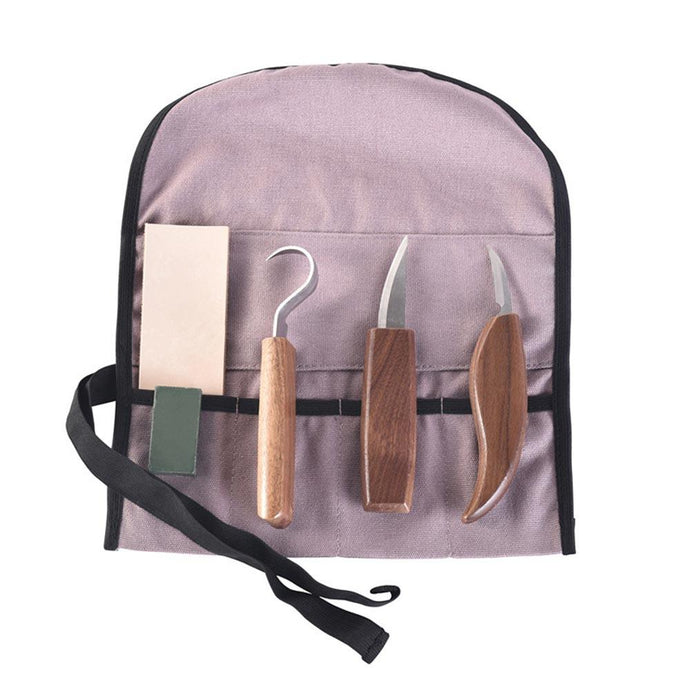Mastering the Art of Woodcarving: From Basics to Brilliant Creations
Woodcarving is a timeless craft that marries artistry with craftsmanship, offering both a meditative experience and the thrill of creation. With its rich history spanning cultures and centuries, woodcarving invites enthusiasts to transform simple blocks of wood into intricate works of art. Whether you're a novice eager to carve your first piece or an experienced carver seeking inspiration, the journey through woodcarving is as rewarding as it is challenging.
At its core, woodcarving is a blend of precision and creativity. The process begins with selecting the right type of wood. Softwoods like pine and basswood are popular among beginners due to their ease of carving, while hardwoods like oak and walnut are favored by seasoned carvers for their durability and fine grain. Choosing the right wood not only affects the ease of carving but also the final aesthetic of the piece.
Tools are another critical element of woodcarving. While there is a vast array of carving tools available, most beginners can start with a basic set that includes a carving knife, a few gouges, and a mallet. Each tool has its unique function; for instance, the carving knife is ideal for detailed work, while gouges are used for removing larger amounts of wood. As your skills progress, you may explore specialized tools and techniques that cater to more complex designs.
Carving techniques vary widely, but most can be categorized into a few fundamental styles: relief carving, chip carving, and whittling. Relief carving involves carving figures or patterns into a flat panel, creating a three-dimensional effect. Chip carving, on the other hand, focuses on removing small chips from the surface to create geometric patterns or designs. Whittling is the simplest form, involving the carving of a shape from a solid piece of wood, often using just a knife.
One of the most gratifying aspects of woodcarving is the ability to create something entirely unique. Beginners often start with simple projects, such as small figurines or ornaments, which provide a manageable challenge and immediate satisfaction. As skills develop, carvers might tackle more intricate projects like detailed animal carvings or elaborate decorative panels. Each project serves as a canvas for personal expression, allowing carvers to experiment with different techniques, designs, and finishes.
Finishing touches are what truly bring a woodcarving to life. After carving, the piece typically undergoes sanding to smooth out rough edges and surfaces. This step is crucial for achieving a professional look and feel. Following sanding, applying a finish - whether it's paint, stain, or a clear varnish - enhances the wood's natural beauty and protects the carving from the elements. The choice of finish can dramatically alter the final appearance, so experimenting with different options can lead to exciting discoveries.
Beyond the technical aspects, woodcarving is deeply connected to tradition and community. Many cultures have rich woodcarving histories, with distinct styles and techniques passed down through generations. Engaging with this tradition can offer both inspiration and a sense of connection to the past. Additionally, joining a woodcarving club or participating in workshops can provide valuable learning opportunities and a chance to share experiences with fellow carvers.
As with any art form, woodcarving requires patience and perseverance. It's common for beginners to face challenges, whether it's mastering a particular technique or achieving the desired level of detail. However, every challenge presents an opportunity for growth. With each carving, skills improve, and the satisfaction of creating something with your own hands grows.
In the digital age, resources for woodcarvers are more accessible than ever. Online tutorials, forums, and social media groups offer a wealth of information and support for carvers of all levels. These platforms allow enthusiasts to showcase their work, seek advice, and stay updated on the latest trends and tools in the world of woodcarving.
In conclusion, woodcarving is a multifaceted craft that combines technical skill with artistic expression. It offers a unique way to connect with tradition, express creativity, and create something truly special. Whether you're just beginning or have been carving for years, each project is a step on a journey filled with discovery and personal achievement. So, gather your tools, select your wood, and embark on a woodcarving adventure that will continue to inspire and challenge you.
